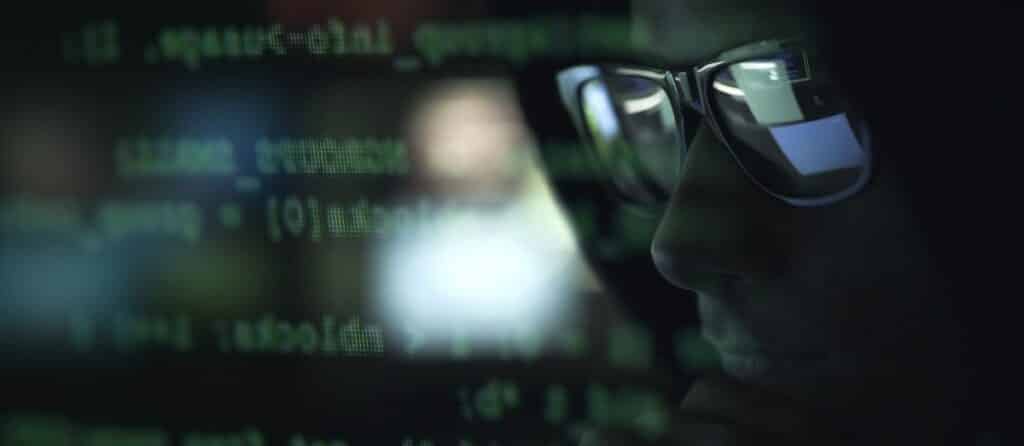We can no longer imagine a world without social media, of all sorts and sizes. What we can see are shifts in popularity from one platform to another. YouTube and Pinterest are currently firm favourites, whereas Twitter and Facebook have been losing customers, also because of newly introduced privacy legislation and various scandals in the past few years.
Cybercriminals, too, make abundant use of social media. Especially because computer technology is more and more integrated into devices that we use every day, criminals now have an easy job sneaking into our social and private lives.
There are already over 400 different social media platforms. These are not only used by ‘ordinary’ people. Also IS terrorists use them to disseminate their terrorist propaganda. The YouTube and Facebook guardians are unable to put a stop them. Take YouTube for example. Every minute more than 300 hours of contents are uploaded there. This is beyond YouTube’s own power to contain, check and control.
Artificial Intelligence (AI) and machine learning could be useful in combatting online undesirable behaviour, abuse and crime. The British government has developed a new system that helps to recognise IS terrorist propaganda with 99.99% accuracy and that can then delete it from the platform. This programme is attuned to videos, which means that out of a 100 videos only one needs to be checked and assessed by a human being. That is a huge step forward in fighting digital terrorism and propaganda.
Tackling cybercrime requires a multi-pronged approach because it is a very complex problem. From a sociological perspective, we can ask ourselves why we are sometimes so gullible when we are online. From a psychological perspective, we can ask ourselves why we are blind to fraud, e.g. when we click phishing emails. Various disciplines would have to cooperate to tackle this form of crime. The legislator is also part of the task force and will have to become much more pro-active by updating legislation. This should make cybercrime less rewarding and the chance to get caught bigger. Cooperation between the technical interconnect industry, AI and machine learning is also self-evident.
It is an illusion to think that we can ever stamp out cybercrime and terrorism in our society, but we can prevent ourselves from being attacked by remaining alert and keeping each other informed.
